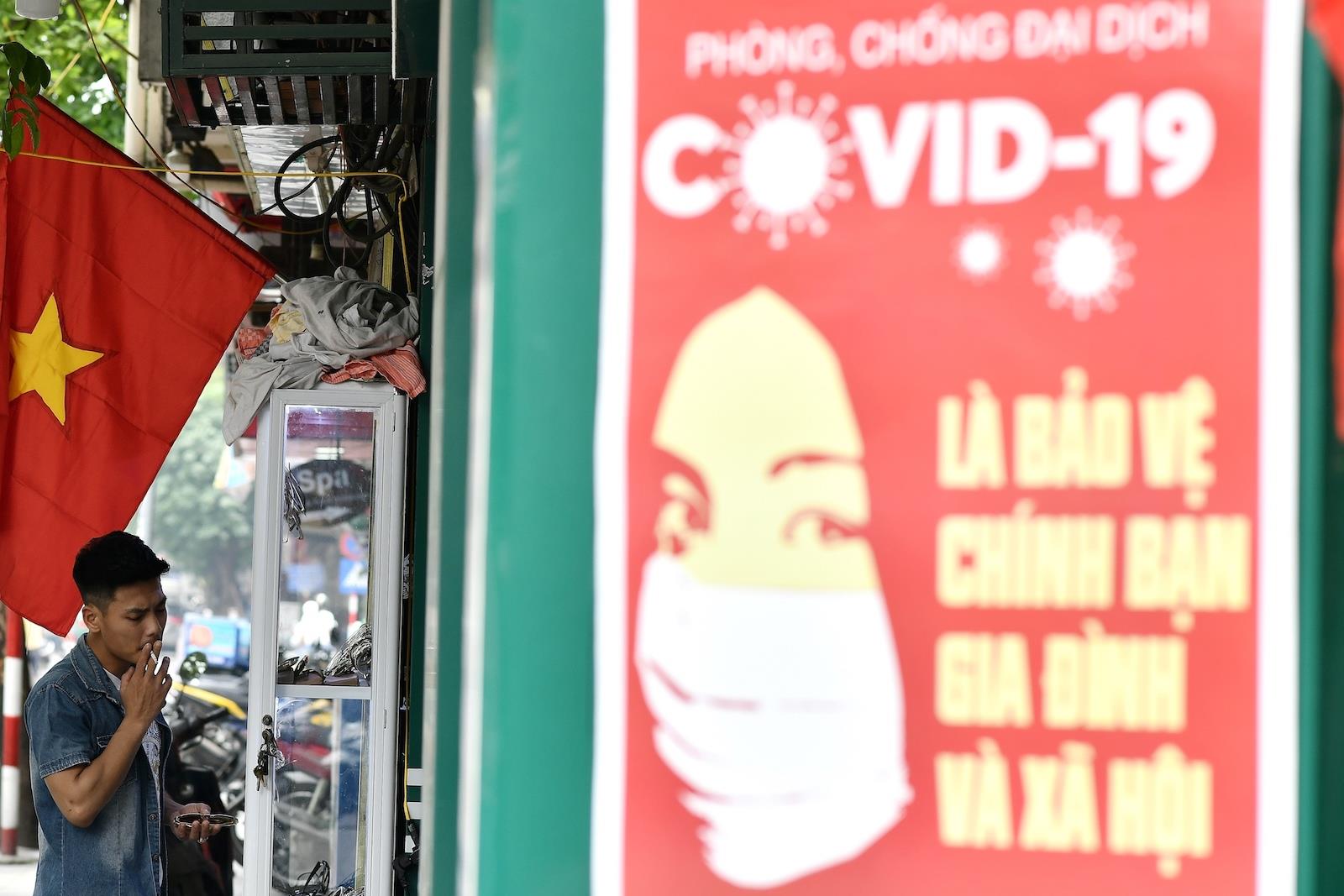(MENAFN- Asia Times) In 2022, the geopolitical tensions caused by the war in Ukraine, slowing growth in the Chinese economy and sharp rises in energy and food prices led to a significantly higher inflationary outlook globally.
These factors all added to the risks confronting Vietnam as its economy recovered from its lengthy Covid-19 lockdowns.
Communist Party General Secretary Nguyen Phu Trong's visit to China in October 2022 aimed to get assurances from beijing of undisrupted supply chains and smooth export routes.
Despite these concerns, the Vietnamese economy rebounded as the country transitioned successfully from“zero-Covid” to“living with Covid”, and GDP is reported to have grown by a surprisingly high 8.03 % in 2022 - above trend growth compared to the decade before Covid-19 hit in 2020.
Domestically, firms and labor markets have been recovering while the external sector showed resilience . Overall employment levels are reported to be back to pre-Covid levels and household incomes rebounded by 5.8% by mid-2022.
But signs of Covid-19 shocks lingered. As of April 2022, almost a quarter of urban households were estimated to have earned less than they did in April 2021.
On the external front, foreign direct investment (FDI) disbursements, international tourism and remittances picked up the slack despite a deteriorating current account balance. FDI disbursements rose to US$10 billion in the first half of 2022 - the highest increase in five years .
Foreign investments in manufacturing, particularly in electronics , continued to grow rapidly in 2022. Many international companies such as South Korea's Samsung either significantly expanded their existing plants in Vietnam or relocated to Vietnam.

A Samsung electronics shop under an official propaganda billboard in the center of Hanoi. Photo: AFP / Hoang Dinh Nam
Monetary policy was accommodative through the first nine months of 2022. But the State Bank of Vietnam (SBV) raised interest rates by one percentage point in September 2022 to combat inflationary pressures due to significantly higher energy prices, imported input costs and wage increases.
By the end of 2022, inflation was expected to be around 3.5 % - still within the target of 4% set by the SBV.
Risks in the financial sector are becoming apparent. The international definition of non-performing loans (NPLs) in banks includes the entire loan being classed as non-performing when a loan service is missed.
According to this wider definition, an estimated 5.76% of total loans in Vietnamese banks may be at risk. Re-capitalization or the sale of some state banks (or both) is necessary to enable these institutions to effectively move capital from lenders to borrowers.
The Vietnamese stock market fell by some 30% in 2022, making it one of the worst-performing in the world. Simultaneously, corporate bonds, which were virtually zero in 2019, rose to an estimated 15% of GDP in 2022.
This forced the SBV to belatedly slap on regulations in a previously unregulated market, resulting in a significant contraction of credit conditions. The risks in the financial sector will only worsen as monetary conditions further tighten into 2023.
Fiscal policy was contractionary in 2022, largely due to the under-execution of spending programs such as the Economic Recovery Support Program. A more rapid roll-out of the program could bolster recovery in the short term and enhance growth in the longer term.
A targeted approach to helping vulnerable households rather than untargeted reductions in environmental protection tax and cuts in VAT and import taxes will enhance the effectiveness of the social safety net. This could also help to promote domestic consumption rather than relying heavily on exports in order to support growth.
The Vietnamese economy remained surprisingly resilient in 2022. But the possible recessions and economic slowdown in Vietnam's three major trading partners - the United States, the European Union and China - are raising a serious question mark for 2023 where growth is projected to fall to 6.3 %.
There is some fiscal space to boost growth in the short term as public debt has fallen to an estimated 43.1% of GDP, well below the legislated 65%. But the recent dismissal of high-level officials for alleged corruption in the acquisition of vaccines and medicines during Covid-19 could delay public sector procurements and investments in the near term.

A propaganda poster on preventing the spread of the Covid-19 in Hanoi on April 29, 2020. Photo: AFP / Manan Vatsyayana
In December 2022, the G7 agreed to provide $15.5 billion to help Vietnam transition away from heavy reliance on coal. Under this plan, Vietnam should be able to source 47% of its power from renewable energy by 2030. Since the majority of the funds provided will be loans, a healthy fiscal position will be necessary to maintain the confidence of lenders.
Just under 2 million out of 6.9 million people of tertiary education age in Vietnam are enrolled in tertiary studies. This figure needs to double to 3.8 million for Vietnam to be on par with other upper-middle-income countries within 15–20 years. Significant resources need to be spent on up-skilling the population.
Covid-19 has been a serious distraction in the past three years. It is time for Vietnamese authorities to focus on financial stability in the short term and enhancing growth in the medium and long term.
Suiwah Leung is Honorary Associate Professor of Economics at the Crawford School of Public Policy, The Australian National University.
This article , republished with permission, was first published by East Asia Forum, which is based out of the crawford school of public policy within the college of asia and the pacific at the australian national university .